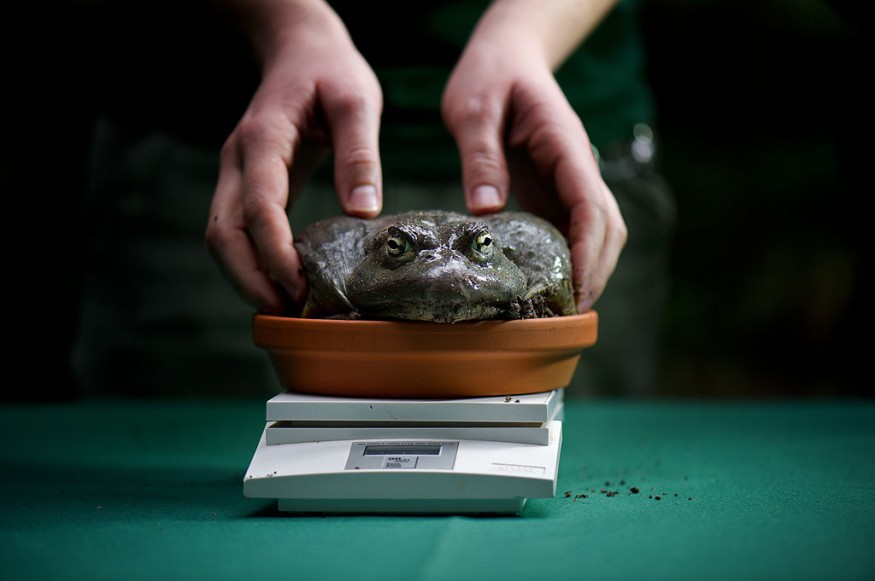Many animals are proven to have the ability to regrow parts of their body. Experts have confirmed that frogs can do the same in a new study. The amputated limb of frogs can be regenerated by treating with a multidrug compound known as 'cocktail.'
The findings gathered from the frog's ability add to the ever-growing advancements of regenerative medicine. The paper presented last Wednesday also suggests that the approach of the amphibian could work as a restoration procedure for human tissues and organs.
Regenerative Medicine, Successful Limb Regrowth in Frogs, and Multidrug 'Cocktail' BioDome

University of Massachusetts Boston biology expert Catherine McCusker, who was not involved in the study, said in The Wall Street Journal report that the study serves as a stepping stone to identify the solution we could use in future medical procedures. The expert added that they do not still know if the regeneration of human limbs will be completed in the4 current lifetime, but McCusker said that the time is closer than ever.
Many experts have already carried out studies on limb regrowth in the past. Some of the approaches these studies have utilized are cell transplant and electrical stimulation. The new study, led by scientists from Tufts University, covered a different method in the form of multidrug.
The study was made possible through the help of over 100 anesthetized African clawed frogs, who were all amputated in the examination. Each of the amphibians has its stumps treated through five various growth-inducing compounds.
The approach included the attachment of the drug-infused gels sealed in silicone caps. These gels are composed of chemicals tested to push biological specifics to improve blood vessels, nerve growth, and replenishment of muscle tissues.
BioDome, according to the paper, are the capsulized treatments selected for the program. After sewing the capsulized gels with the stumps of the frogs, the authors waited for 24 hours before removing the substances from the animals.
Results of Latest Regrowth Experiment
In just two weeks, the experts observed massive growth in the subjects' soft tissues. The same batch, which was treated with the drug cocktail, also showed an increase in bone regeneration 18 months after the procedure. All of the examined results are significantly better than the group that was not treated with BioDome.
In the last phases of the observations, the treated frogs grew legs, complete with appendages, knee joints, and premature toes. Although the legs are not fully formed, the authors estimated that they could function well and cater to the needs of the frogs.
Tufts University biology expert and Allen Discovery Center specialist Micahel Levin, who authored the study, said that the drug cocktails did not have any drugs that specifically target leg growth. This means that the experiment did not dictate the cells what to do following the administration of the BioDome.
Levin and their team explained that the exploitation of native intelligence in cells pushes the regrowth of a body part. The process would point forward similar techniques that could be developed for humans in the future. The study was published in the journal ScienceAdvances, titled "Acute multidrug delivery via a wearable bioreactor facilitates long-term limb regeneration and functional recovery in adult Xenopus laevis."
RELATED ARTICLE : Culture Influences How People Evaluate Creativity, Study Says
Check out more news and information on Medicine and Health in Science Times.











